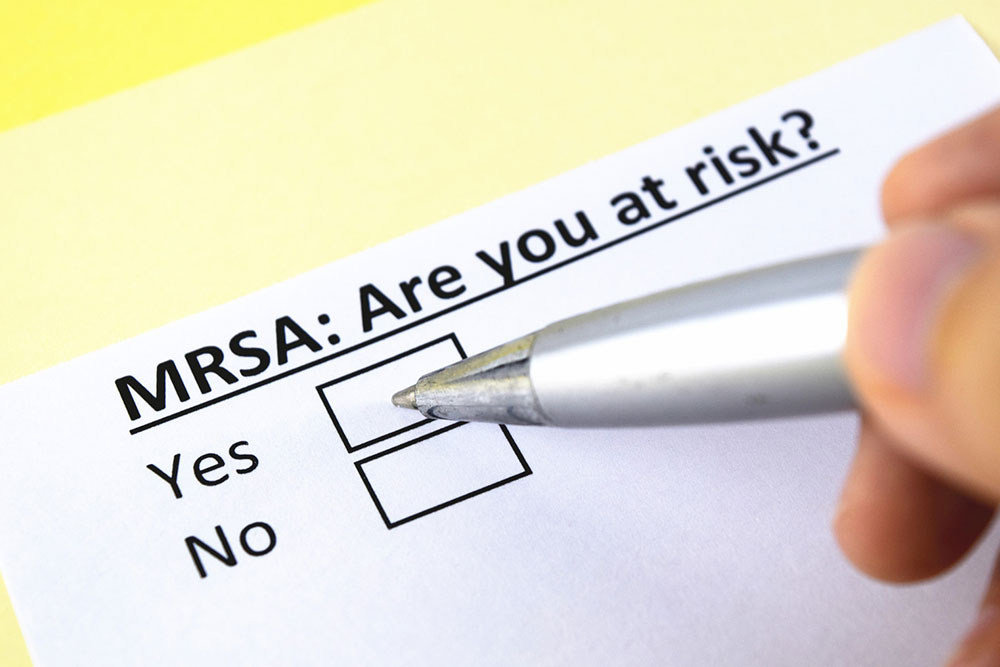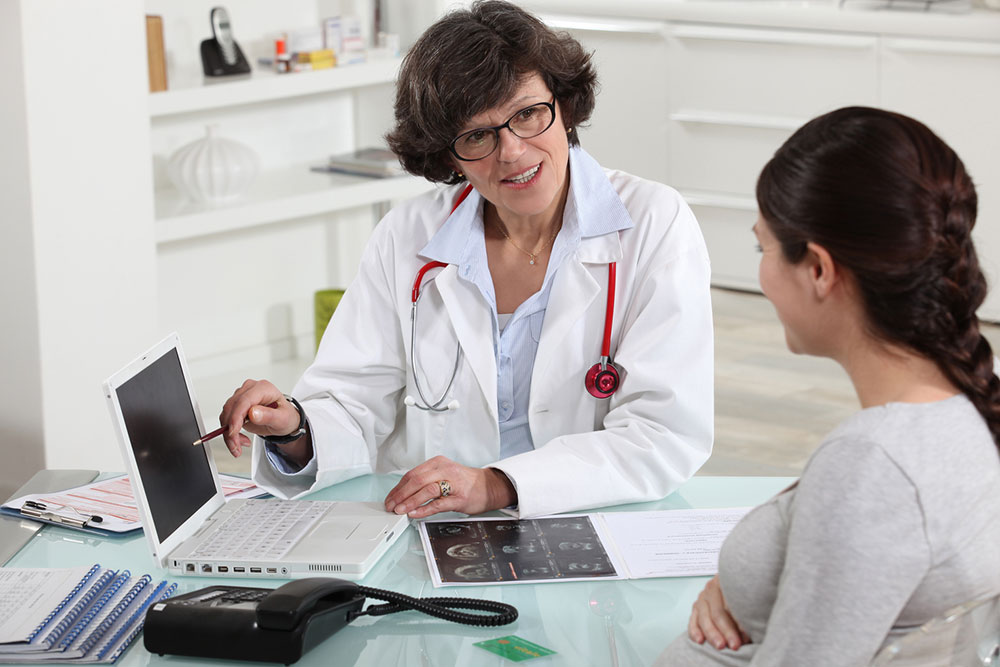Comprehensive Guide to MRSA: Causes, Symptoms, and Prevention Tips
Learn about MRSA, a resistant bacterial infection that can affect skin, lungs, and bloodstream. Discover causes, symptoms, and effective prevention strategies to reduce your risk. Maintain good hygiene to stay safe from this superbug, and consult healthcare professionals for proper treatment options. Staying informed is key to avoiding complications from MRSA infections.

Comprehensive Guide to MRSA: Causes, Symptoms, and Prevention Tips
Methicillin-Resistant Staphylococcus aureus (MRSA) is a bacterial pathogen that can infect various parts of the body. Initial signs often include minor skin issues like boils, but it can escalate to infect surgical wounds, lungs, urinary tract, or bloodstream. This bacteria's resistance to many antibiotics has earned it the nickname "superbug," making infections challenging to treat.
Staph bacteria commonly live on our skin and in our nasal passages, with about a third of people carrying it. While usually harmless, it can cause serious infections if it enters through cuts or breaks in the skin, leading to abscesses, pneumonia, or blood infections.
Signs include boils filled with pus, skin redness, swelling, and tenderness. Mild cases may involve fever, headaches, muscle pain, and fatigue. Severe infections can cause joint pain, chest discomfort, low blood pressure, rashes, and breathing difficulties.
If untreated, MRSA can reach the bloodstream, leading to septic shock and potential complications like sepsis, meningitis, endocarditis, or deep infections.
Infections often manifest as skin abscesses, carbuncles, styes, impetigo, or bloodstream involvement. The bacteria spread easily through skin contact or contaminated objects such as doorknobs or fabrics.
Effective treatment requires targeted antibiotics, though increasing resistance poses challenges. Research continues to develop new medicines to fight this resilient bacteria.
Prevention relies heavily on hygiene practices: frequent handwashing, avoiding sharing personal items, trimming nails short, and disinfecting surfaces to minimize infection risk.
Note: Consistent personal hygiene is vital in preventing MRSA. While antibiotics are essential for treatment, resistance requires ongoing research. Always seek medical advice for proper diagnosis and management.


